This time, I’m going to talk about the most widespread magnetic recording format, the compact cassette tape, which is still being produced today along with playback and recording devices.
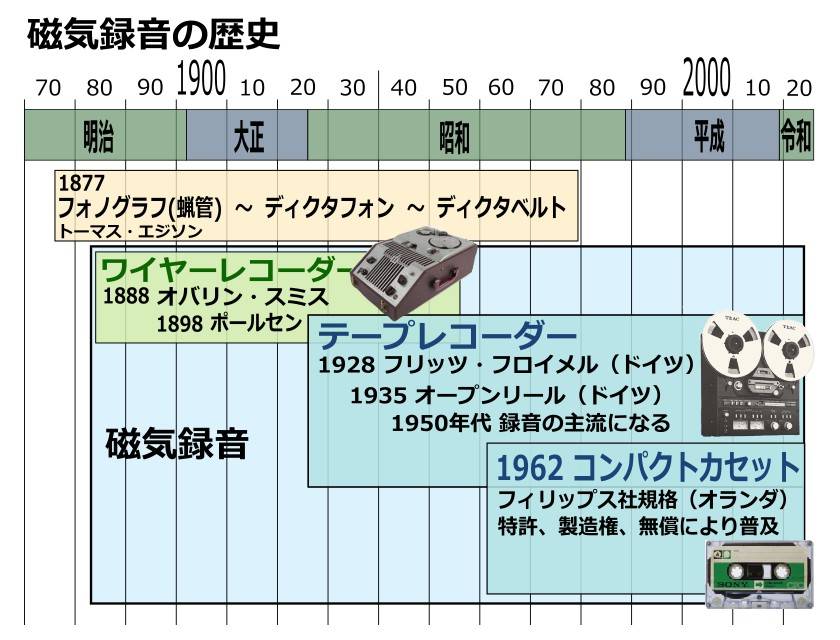
■ The Enduring Cassette Tape
Officially known as the ‘Compact Cassette’, it is more commonly referred to as a cassette tape. Before its invention, open-reel tapes had the drawback of not being able to be swapped mid-playback without rewinding, and their large size made them inconvenient. From the late 1950s, there was a global movement to make tape more user-friendly through cassette formats, leading to developments such as the RCA cartridge and the DC International system. In 1962, Philips (Netherlands) finalized the specifications for the compact cassette, and in 1965, they made the patents and manufacturing rights freely available. This decision rapidly established it as the de facto standard.
The cassette tape, being inexpensive and easy to handle, became widely used across various applications. However, after peaking around 1980, its popularity gradually declined. With the emergence of high-performance optical discs like MD (MiniDisc) as alternatives, it seemed that cassettes had reached the end of their role. Yet, while the cassette market shrank, it never disappeared completely—ironically, MDs were the ones to vanish first, losing to the rise of memory-based audio devices. Today, in the era of digital memory audio, there is virtually no necessity for cassette tapes. However, they are still actively sold, both as tapes and recorders. Their intuitive usability as a physical medium ensures they continue to meet a certain level of demand.
■ Size
The cassette’s design was meticulously refined to ensure ease of handling. Its ability to visually display tape movement and remaining tape length is an analog feature that has contributed to its longevity.
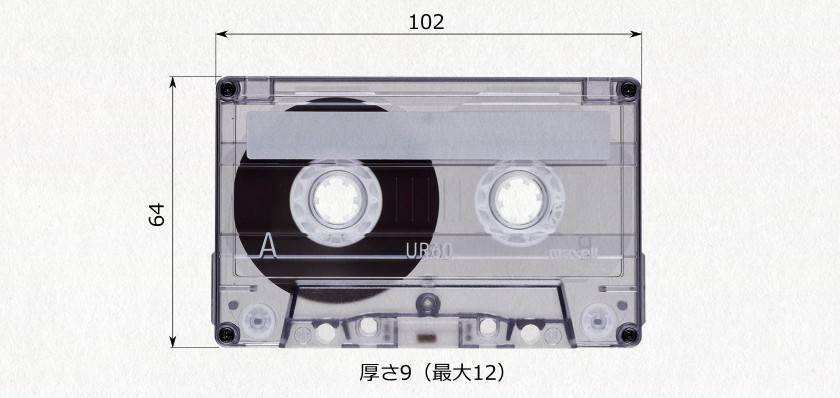
■ Tape Speed - 1.875 ips (Inches Per Second) (4.75 cm/sec)
At first glance, this speed may seem arbitrary, but understanding open-reel speeds makes it clear. Open-reel tape recorders typically operate at a standard speed of 15 ips, with half-speed modes at 7.5 ips and 3.75 ips. The cassette tape goes one step further, operating at 1.875 ips—one-eighth of the standard open-reel speed.
■ Tape Width - 0.15 Inches (3.81mm)
In stereo recordings, each track is only 0.6mm wide—roughly half the width of an open-reel tape track. Coupled with a recording speed one-eighth that of open-reel tapes, the information density is significantly lower, making high-quality sound reproduction challenging. In monaural recordings, the recorded area is doubled, providing a slight audio quality advantage over stereo.
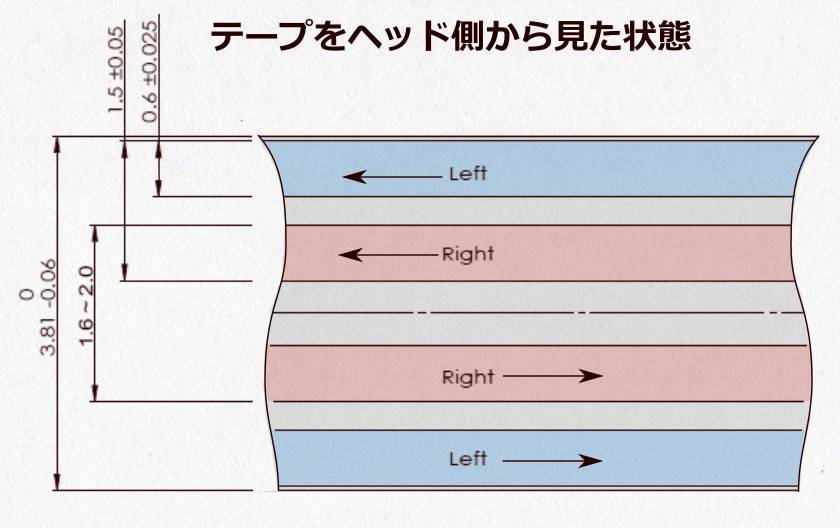
■ Dolby Noise Reduction - Dolby Laboratories
Due to its small recording area, cassette tape suffers from more prominent hiss noise compared to open-reel tape, making noise reduction essential. Dolby Noise Reduction became the most widely used solution, although other systems like dbx also existed.
- Dolby Type-B (1970-)
The most commonly used noise reduction system, capable of reducing noise by up to 10 dB. It works by boosting high-frequency components at low levels during recording, then reversing the process during playback. This method ensures that if the recording level is high enough, background noise is naturally masked. The system operates using a band-sliding technique—when input levels rise, the effect shifts toward higher frequencies, reducing the amount of noise reduction applied. Even if Dolby B is turned off during playback, the only noticeable effect is slightly boosted high frequencies, making it a user-friendly system.
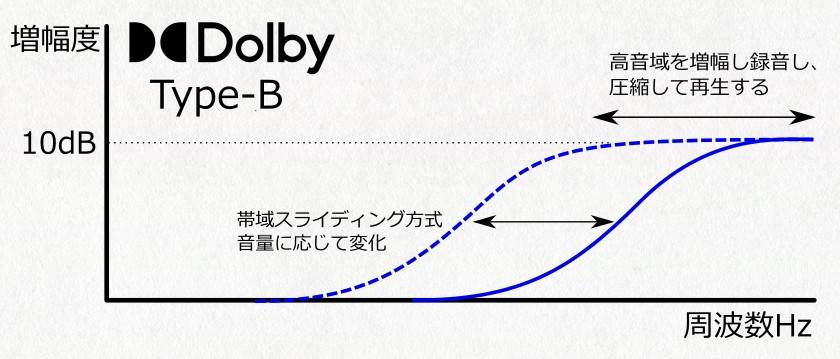
- Dolby Type-C (1981-)
A more advanced system, roughly twice as effective as Type-B, but it had a drawback—if played back on a different deck, sound reproduction could vary significantly. Due to compatibility concerns, many users continued to prefer Type-B. - Dolby Type-S (1990s-)
A stronger and more consistent noise reduction system, but by the time it was introduced, cassette tapes were already declining in popularity. As a result, few decks featured it.
■ Types of Tape
The primary cassette tape types were: IEC Type I (Normal), IEC Type II (High Position/Chrome), and IEC Type IV (Metal). Type III existed briefly but was discontinued in the 1980s.
- IEC Type I
The most affordable and widely available from the beginning, using iron oxide as the magnetic material. While weaker in the high-frequency range, it performed well in the mid-to-low range. Many inexpensive tape recorders only supported Type I tapes, making them a reliable choice. - IEC Type II
Introduced in 1971, these tapes used chromium dioxide as the magnetic material, offering better high-frequency response and lower demagnetization but slightly weaker bass. An alternative formulation using cobalt-doped iron oxide emerged, avoiding DuPont’s patent fees, which led to its widespread adoption in Japan. To achieve optimal performance, decks needed to apply about 1.5 times the bias current compared to Type I tapes. - IEC Type IV
Metal tapes debuted in 1979, offering excellent performance across all frequencies but at a significantly higher cost. They used non-oxidized iron alloys as the magnetic material. Like Type II, they required compatible decks for proper recording and playback. Personally, I found the early metal tapes from Taiyo Yuden (before they rebranded as ‘That’s’) to be affordable and useful.
■ Manufacturing Moves Overseas
During the cassette’s peak, Japanese-made tapes were widely available and highly regarded. However, domestic production has ceased. Most brands have disappeared, and today, the only widely available cassette is maxell’s UR (Type I). The last tapes I acquired, about seven years ago, were manufactured in Korea and assembled in Indonesia.
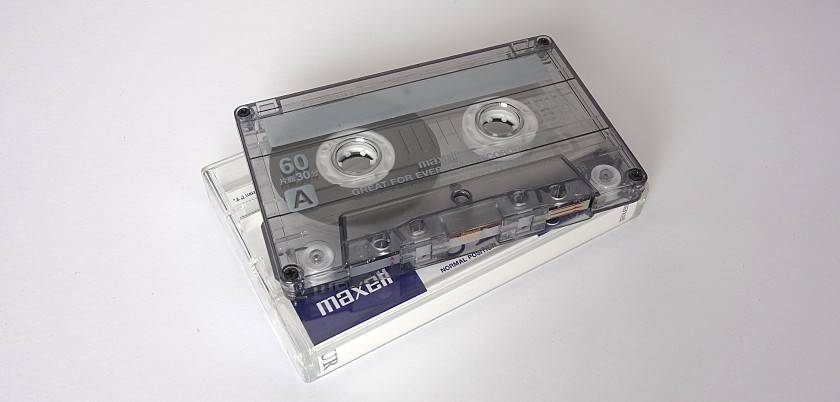
■ Uses of Cassette Tapes
Initially, cassette tapes were designed for voice memos, meeting recordings, and educational purposes, where sound quality was not a priority. However, by the 1970s, improved fidelity allowed them to gain traction as a music-listening medium. At their peak, cassettes were primarily used for dubbing records and recording radio broadcasts—this practice was known as ‘air-checking’. Another niche use was field recording, where enthusiasts recorded sounds like trains. In the early 1980s, some personal computers used cassette tapes to store programs. These programs took a long time to load, producing a distinctive “beep-buzz” sound when played.
For music production, cassettes were not only used for practice but also as composition tools. By the 1980s, multitrack cassette recorders (MTRs) allowed amateur musicians to create demo tapes, which became a major part of independent music production.
Record labels also leveraged cassette tapes. Since many car stereos only supported cassettes, albums were often released in cassette format alongside vinyl records. In cases where sales were uncertain, cassette releases were chosen because of their lower production costs.
Cassettes became a ubiquitous, easy-to-use recording medium, used across countless applications. Next time, I will discuss the diverse range of cassette recording and playback devices.
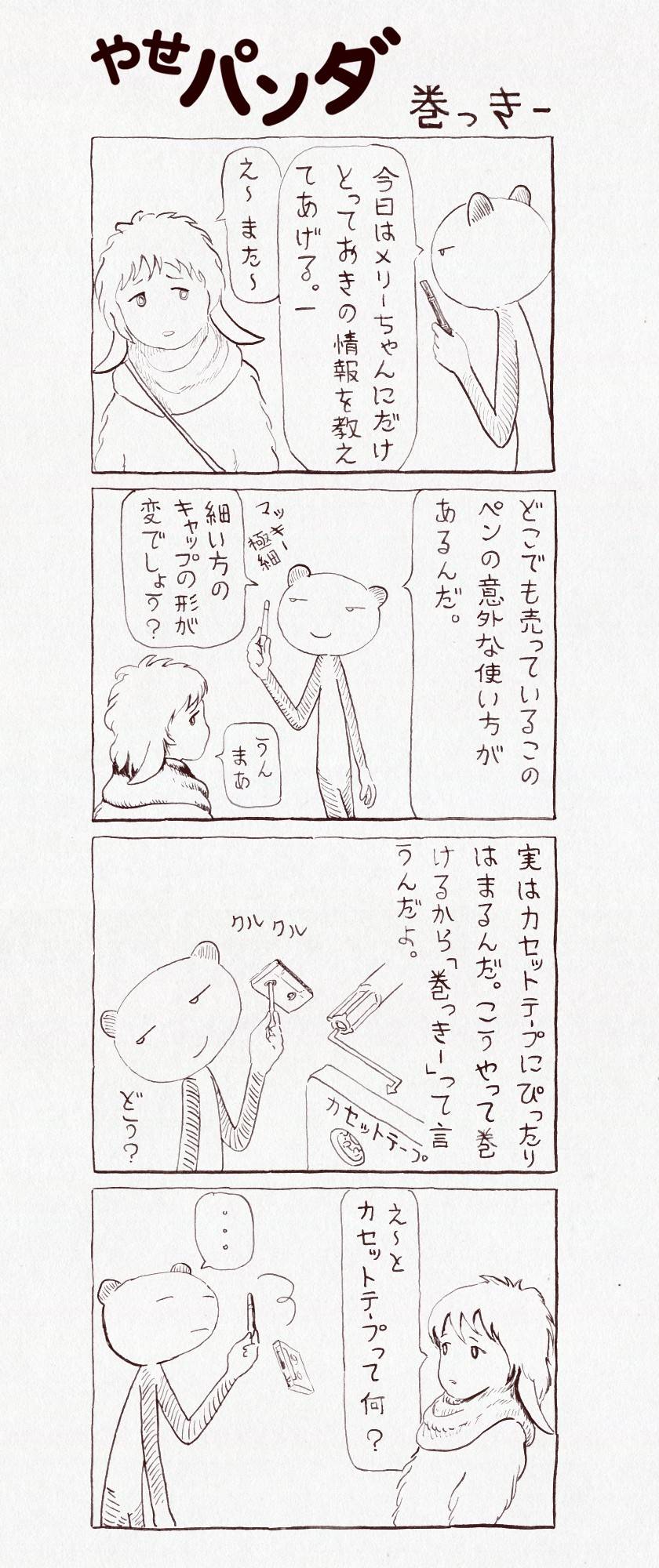
This cartoon is purely fictional—please don’t take it too seriously! The name aside, the cap shape might have been designed this way for the purpose of winding the tape, considering the era. It fits so well that if you have a cassette tape and a fine-tip marker, I encourage you to try it out!
The “sound & person” column is made up of contributions from you.
For details about contributing, click here.











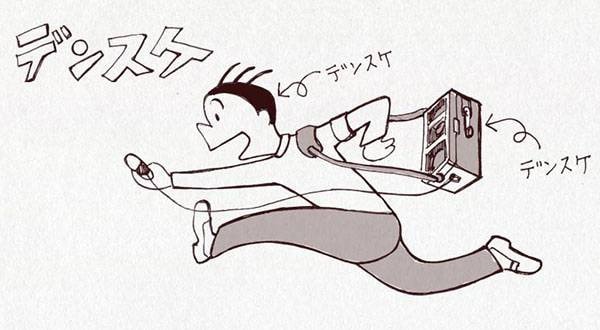
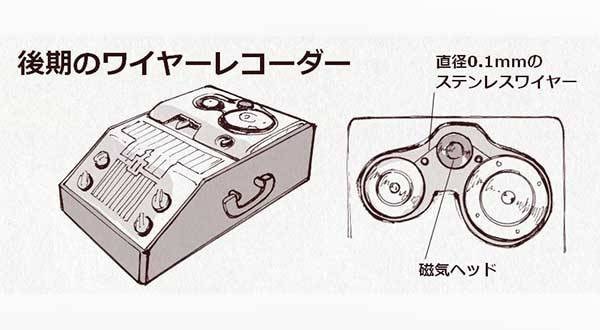
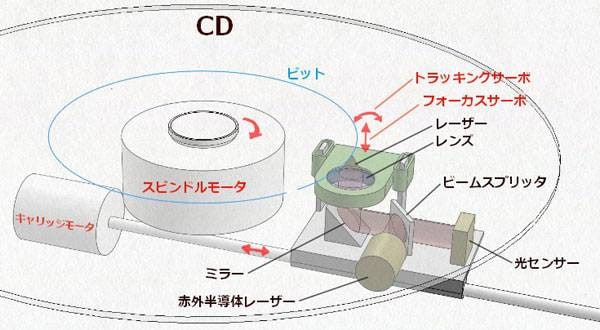
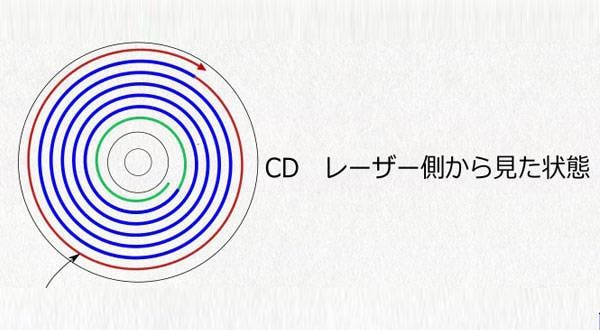
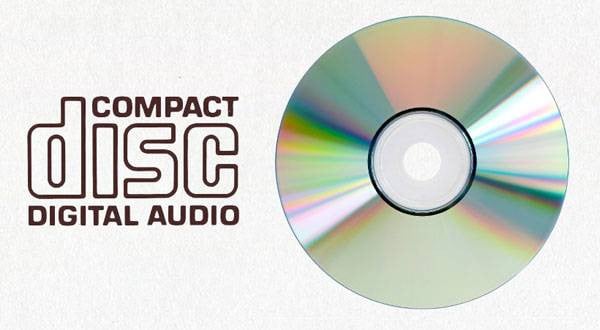
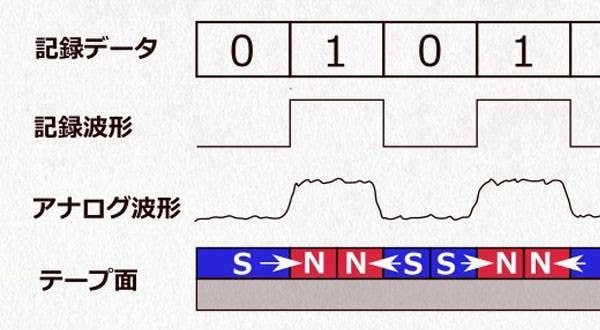
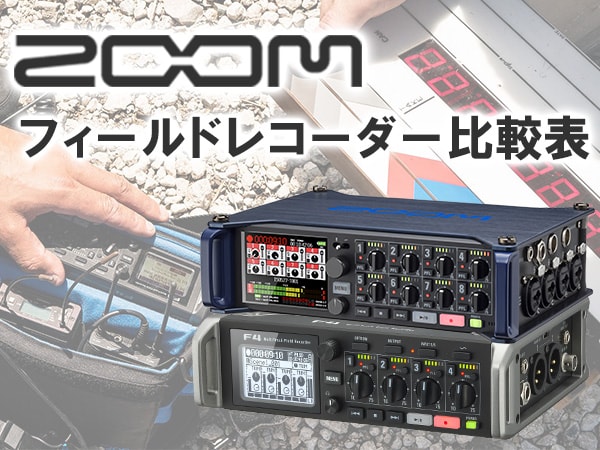 ZOOM フィールドレコーダー比較表
ZOOM フィールドレコーダー比較表
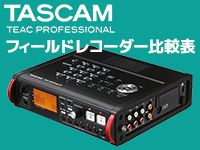 TASCAMフィールドレコーダー 比較表
TASCAMフィールドレコーダー 比較表
 ZOOMレコーダー 比較表
ZOOMレコーダー 比較表
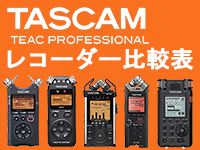 TASCAMレコーダー 比較表
TASCAMレコーダー 比較表
 サウンドハウス社員が選ぶ 『おもしろ商品』はコレだ!
サウンドハウス社員が選ぶ 『おもしろ商品』はコレだ!
 AUDIXマイク購入ガイド
AUDIXマイク購入ガイド















